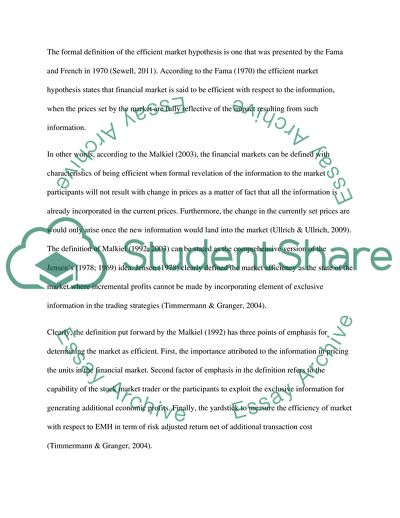Cite this document
(Critically review and discuss the concept of market efficiency and Essay, n.d.)
Critically review and discuss the concept of market efficiency and Essay. https://studentshare.org/finance-accounting/1805438-critically-review-and-discuss-the-concept-of-market-efficiency-and-empirical-approaches-to-test-for-it
Critically review and discuss the concept of market efficiency and Essay. https://studentshare.org/finance-accounting/1805438-critically-review-and-discuss-the-concept-of-market-efficiency-and-empirical-approaches-to-test-for-it
(Critically Review and Discuss the Concept of Market Efficiency and Essay)
Critically Review and Discuss the Concept of Market Efficiency and Essay. https://studentshare.org/finance-accounting/1805438-critically-review-and-discuss-the-concept-of-market-efficiency-and-empirical-approaches-to-test-for-it.
Critically Review and Discuss the Concept of Market Efficiency and Essay. https://studentshare.org/finance-accounting/1805438-critically-review-and-discuss-the-concept-of-market-efficiency-and-empirical-approaches-to-test-for-it.
“Critically Review and Discuss the Concept of Market Efficiency and Essay”. https://studentshare.org/finance-accounting/1805438-critically-review-and-discuss-the-concept-of-market-efficiency-and-empirical-approaches-to-test-for-it.


